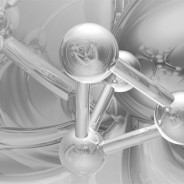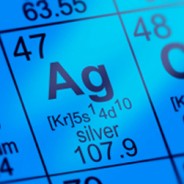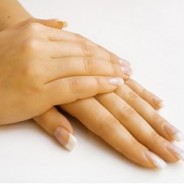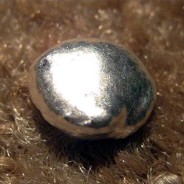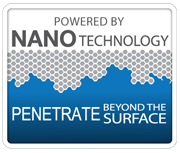Nanotechnology has rendered silver into an exceedingly powerful tool destined to be one of the most commonly used minerals in the modern health industry, environmental management industry, communications industry, sanitation industry, alternative power industry, energy industry and so many others. This wide-spread application is largely due to that of nano technology’s influence upon silver’s well-established (A) biological catalytic...
read moreIts uses have included, but not been restricted to, keeping milk from spoiling, stopping water from becoming infected and use as an antibacterial agent. With the launch of our range of Silver and Pure Silver products it is this latter usage with which we are concerned. In the early twentieth century, silver was often used in order to clean wounds and prevent infections; however, the advent of antibiotics caused it to be put on the back shelf, a...
read moreBy Marion Horn, Reporter The risk of infection is high after an operation. Patients can be infected with antibiotic resistant bacteria. To avoid this, our researchers have studied the use of silver. We have now made effective remedies for this type of infection by using nano technology. Kings could afford to eat and drink from silverware as an expression of wealth, power and dignity. But that was not the only reason. The precious metal protected...
read moreWhat is colloidal silver? Basically a colloid is a homogenous system in which substances are to be found from two different phases (states). For example soot particles in the air (smoke), water vapour in the air (clouds), red corpuscles in water (blood) etc. There are many products on the market under the title silver colloids, but they are not necessarily comparable to the real thing. A real silver colloid (pure silver dispersed in water) on...
read more
